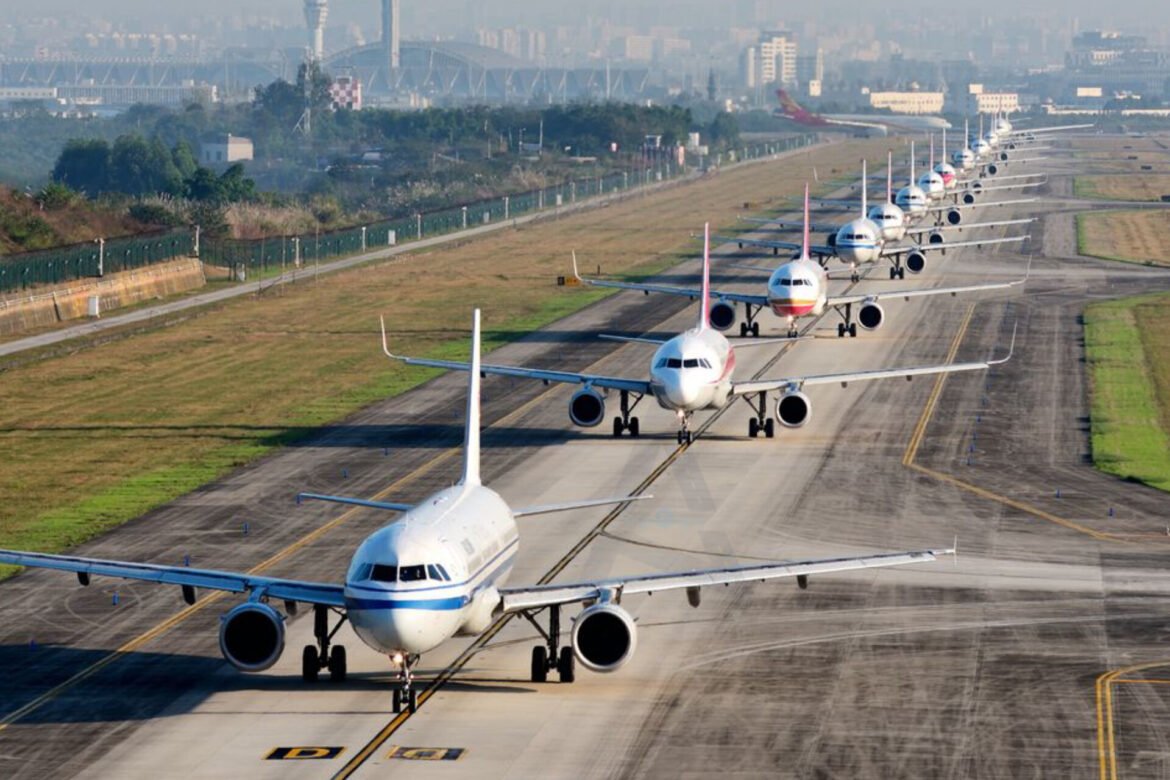The aviation industry is notorious for its unique and sometimes perplexing jargon. From check-in chickens to aisle lice, many terms used by airlines and airports can leave passengers scratching their heads. These phrases are part of a vast lexicon developed over decades of air travel, with some phrases rooted in historical practices and others arising from the industry’s evolving needs. If you’ve ever wondered why a “nonstop” flight might stop or why your luggage was “short-shipped,” here’s your ultimate guide to decoding some of the most baffling terms in aviation.
1. Check-in Chicken
This odd term refers to the situation when a passenger arrives late at the check-in counter, just before the cutoff time. These passengers are often rushed through the check-in process to ensure they make it onto the flight. The term “chicken” is believed to be derived from the idea that these passengers are “playing chicken” with time.
2. Aisle Lice
“Aisle lice” is a tongue-in-cheek term used by flight attendants to describe passengers who constantly get up and move about the cabin, blocking the aisles and causing disruption. The reference to “lice” is meant to be humorous, suggesting that these passengers are like pests, creeping up and down the aisles.
3. No-Shows
A “no-show” occurs when a passenger fails to show up for their flight but has not canceled their reservation in advance. This can lead to empty seats on a flight and often results in a loss for the airline. It’s not just a matter of skipping the flight; airlines tend to have strict policies regarding no-shows, as they can affect overbooking and revenue.
4. Wet Lease
A “wet lease” refers to an arrangement where an airline rents an aircraft from another carrier, along with the crew, maintenance, and insurance. In contrast to a “dry lease,” where only the aircraft is leased, a wet lease involves a full-service package. Wet leases are typically used when an airline needs extra capacity for a short period, such as during busy travel seasons or when their own aircraft are out of service.
5. Nonstop Flights
A “nonstop” flight might seem like it refers to a flight that doesn’t stop at all, but in airline terminology, it only means the flight doesn’t stop between the origin and destination. However, passengers may often find that these flights still involve stopovers—just not for long periods. A “direct” flight, on the other hand, may involve one or more stops along the way but will still take passengers to their destination.
6. Short-Shipped Baggage
This term can be a traveler’s worst nightmare. “Short-shipped” baggage refers to luggage that, for various reasons, doesn’t make it onto the same flight as its owner. The baggage might be left behind at the point of origin, or an issue with loading or available space on the plane might prevent it from being shipped. The term can also refer to a situation where an airline doesn’t load all the luggage for a connecting flight in time.
7. Ghost Flights
While this term sounds eerie, “ghost flights” refer to planes that are flown empty for various reasons, such as to maintain a schedule or for aircraft repositioning. Sometimes airlines will operate these flights without passengers on board to ensure that planes are in the right place for future services or to comply with certain regulations.
8. Jumpseat
The “jumpseat” refers to the seat that crew members occupy during the flight. Flight attendants and pilots often sit in these seats during takeoff and landing when not performing their duties. It’s often a jumpseat for an extra crew member, providing them with a place to rest or monitor the cabin.
9. Tarmac Delays
When an aircraft is stuck on the tarmac for an extended period before takeoff or after landing, passengers often refer to this frustrating situation as a “tarmac delay.” While it may seem like a minor inconvenience, it can be one of the most frustrating experiences for passengers, leading to long waits in the cabin with little communication from the airline.
10. Code Share
A “code share” is an agreement between two or more airlines to share the same flight. Passengers may book with one airline but fly on a plane operated by another airline under a different flight number. This arrangement increases route flexibility and expands network options for passengers.
11. Red-Eye Flight
A “red-eye” flight is a flight that departs late at night and arrives early in the morning, usually resulting in passengers being awake through most of the night. The term “red-eye” comes from the tired, red eyes of passengers who struggle to sleep during the flight.
12. Hopper Flight
A “hopper flight” is a short-haul flight, typically for regional travel. These flights are often used to connect smaller cities to major airports, allowing passengers to “hop” to their destination quickly.
While these terms may seem strange, they are part of the unique language that helps the aviation industry run smoothly. Whether you’re flying for business or pleasure, now you’ll be able to decode the insider jargon and have a little fun with it. So next time you’re on a flight, just remember to watch out for aisle lice, and hopefully, your baggage won’t be short-shipped!

